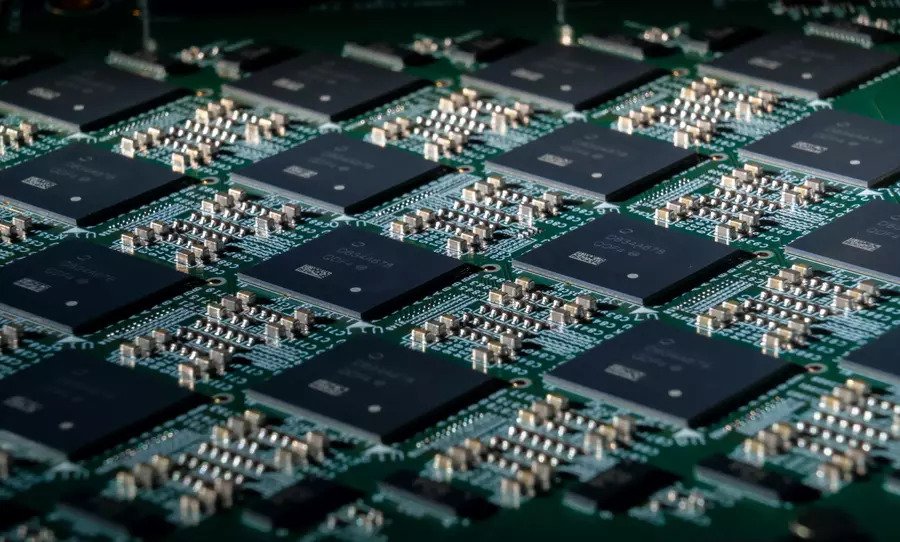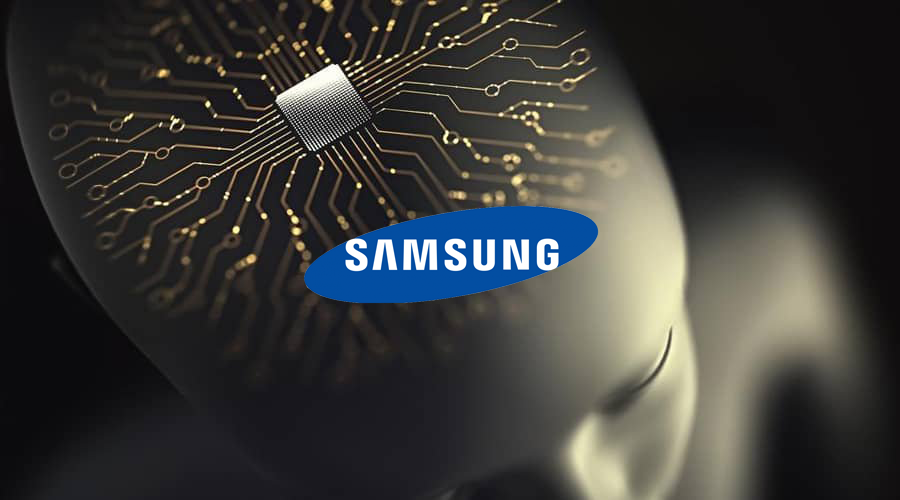One thing, that’s considerably complex ever and had driven the scientists unanswered on its complexity for years is none but human brain. Just think of all the techs available now & its creator, the brain. The intricacy of the organ is so powerful that hid technology & modern science to recreate itself so far. Replication of the human brain has been the big-talk in the tech-world for decades, but was a void until now.
Samsung collaborating with Harvard University attempted to copy paste the human brain onto a single chip, recreating all its neural connections. Envisioned by the leading engineers and scholars from Samsung and Harvard University, the insight was published as a Perspective paper, titled ‘Neuromorphic electronics based on copying and pasting the brain’, by Nature Electronics.
The brain is put together a large number of neurons, interlinked to each other, which constitutes to its functionality. Thus, rewiring the connections or getting to know the wiring of the map is the key to reverse engineering the brain. One-such way to achieve so is simply copying its neural connections, and making its replica, so called ‘copy-pasting’ method.
Copy-Pasting Method
The researchers’ insight is to copy the brain’s neuronal wiring map by using a novel nanoelectrode array, developed by Dr. Ham and Dr. Park to record electrical signals produced by neurons. The extracted neural wirings would then be pasted onto a high-density three-dimensional network of solid-state memories, for which Samsung has been a world leader.
The nanoelectrode array can effectively enter a large number of neurons so it can record their electrical signals with high sensitivity. These massively parallel intracellular recordings inform the neuronal wiring map, indicating where neurons connect with one another and how strong these connections are. Hence from these telltale recordings, the neuronal wiring map can be extracted, or ‘copied’.
The copied neuronal map can then be ‘pasted’ to a network of non-volatile memories – such as commercial flash memories that are used in our everyday life in solid-state drives (SSD), or ‘new’ memories such as resistive random access memories (RRAM) – by programming each memory so that its conductance represents the strength of each neuronal connection in the copied map.
Through this copy and paste approach, the authors envision to create a memory chip that approximates the unique computing traits of the brain – low power, facile learning, adaptation to environment, and even autonomy and cognition – that have been beyond the reach of current technology.
Neuromorphic engineering, launched in the 1980s with the goal of the same mimicking the brain functions onto a chip, got pulled up due to the inadequate info on the wiring of the countless neurons. However, the approach had been eased for designing a chip by this copy-paste method.
Samsung’s Neuromorphic Chip

Since the human brain has an estimated 100 billion or so neurons, and a thousand or so times more synaptic connections, the ultimate neuromorphic chip will require 100 trillion or so memories. Integrating such vast number of memories on a single chip would be made possible by 3D integration of memories, the technology led by Samsung that opened up a new era for memory industry.
Related Posts
Leveraging its leading experience in chip manufacturing, Samsung is planning to continue its research into neuromorphic engineering, in order to extend Samsung’s leadership in the field of next generation AI semiconductors.
“The vision we present is highly ambitious,” said Dr. Ham. “But working toward such a heroic goal will push the boundaries of machine intelligence, neuroscience, and semiconductor technology.”
At last, mankind is pushing non-livings by copying the livings to behave far better than the livings.






